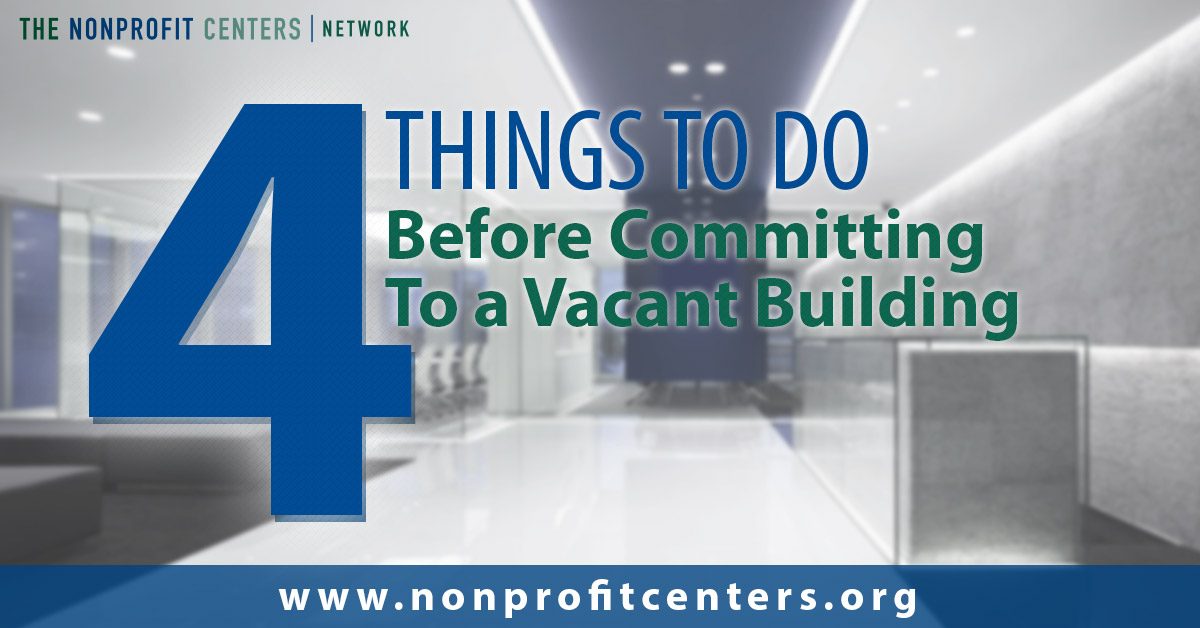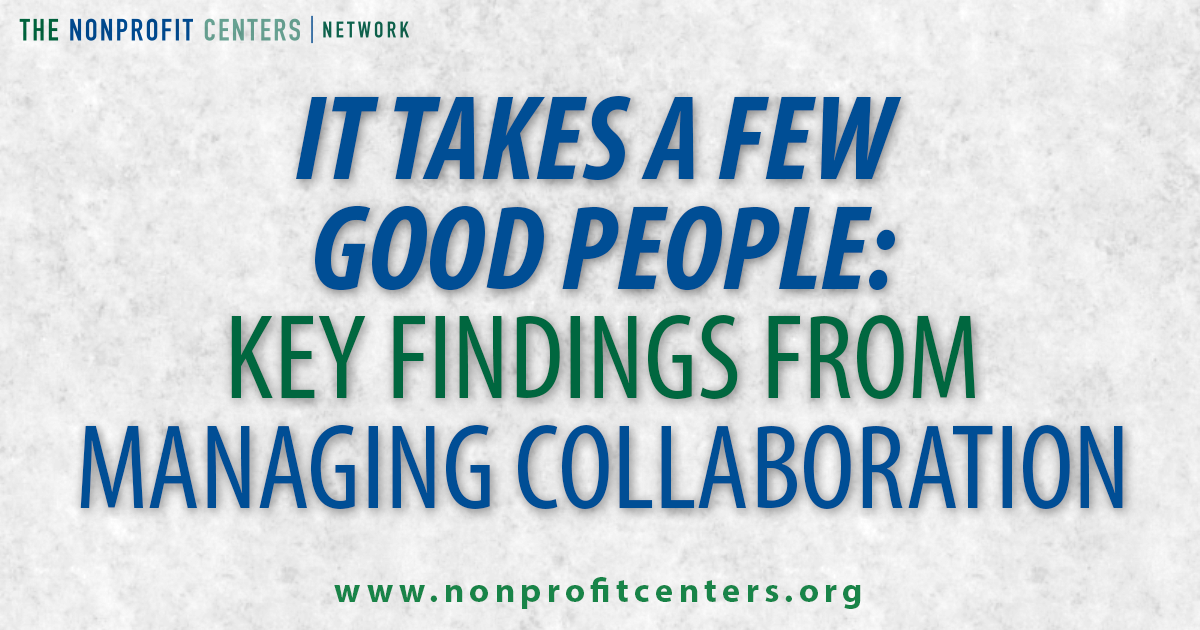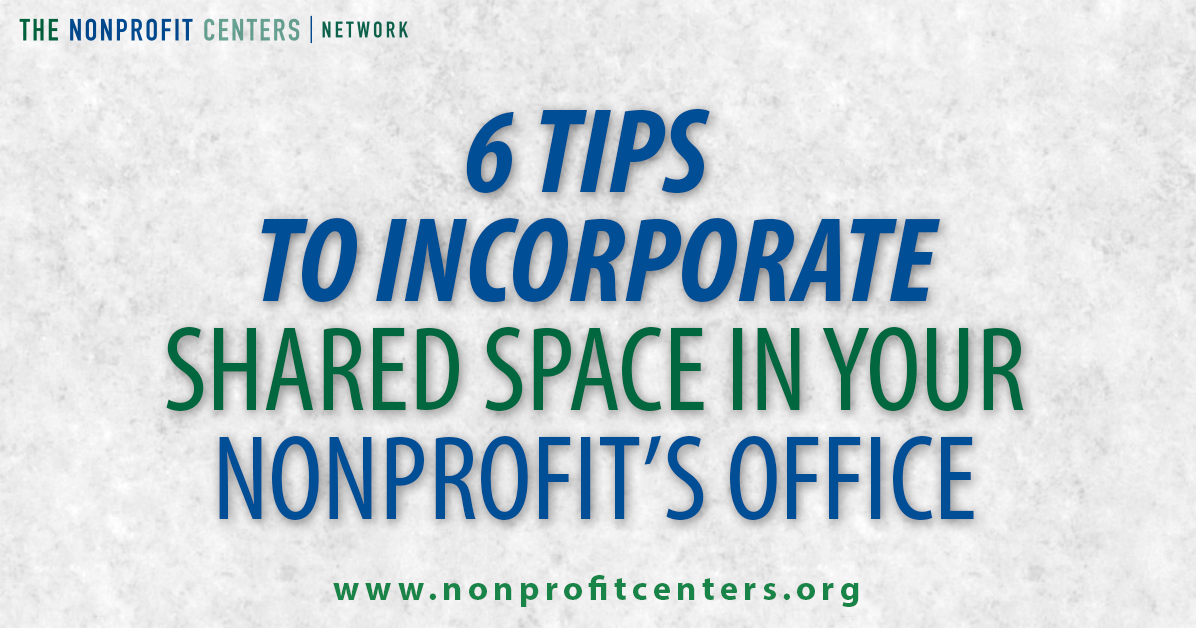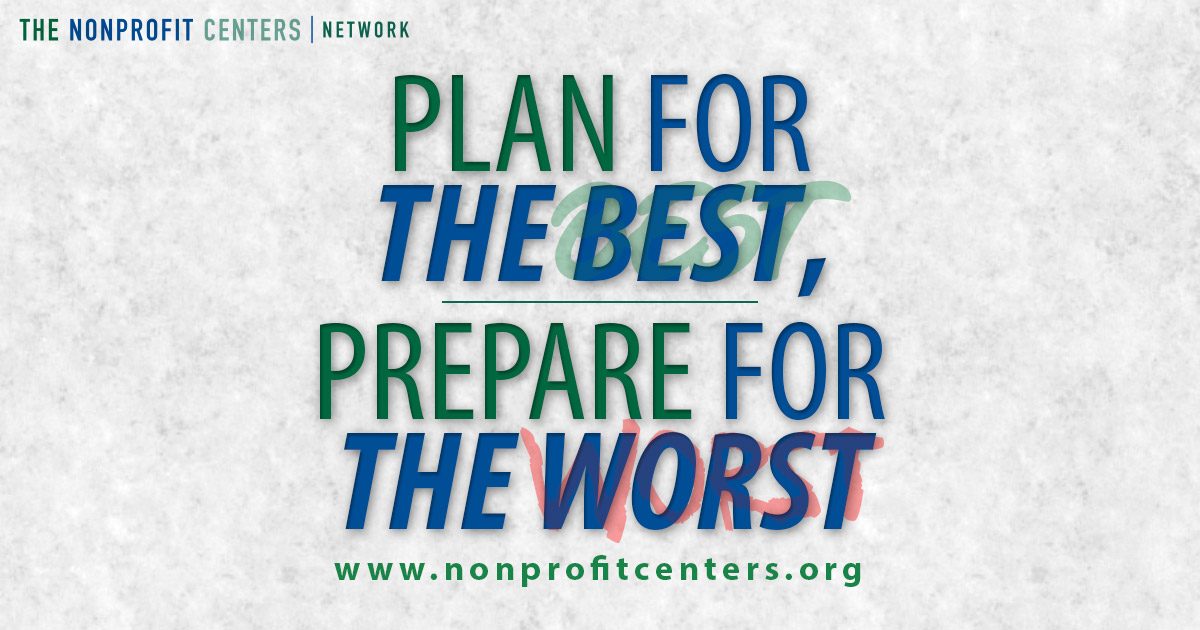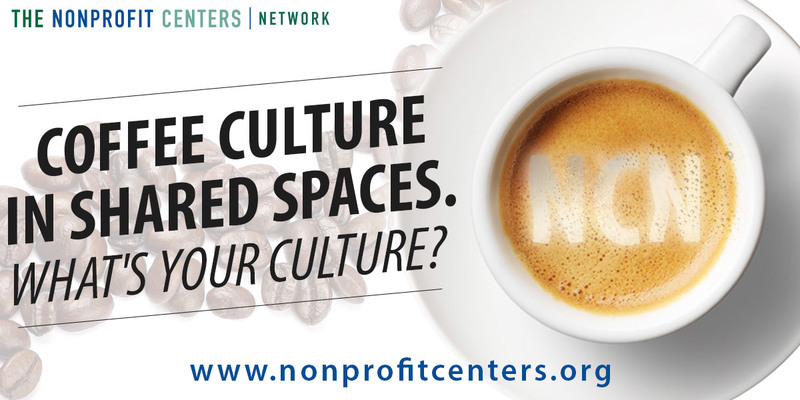Lately we’ve been hearing a lot from funders about their interest in addressing inequality: in income, race, sex, education, economic opportunities and more (see Darren Walker of the Ford Foundation here). The Ford Foundation has used this lens to rethink how it conducts its grantmaking and how it measures its success. Other foundations are following suit and there’s even some controversy around how to define the goal of equity. This has led me to wonder how nonprofit shared space fits into this new lens. How do we, as a sector, address inequality? Here are three ideas:

Do Your Due Diligence: Four Things To Do Before Committing To a Vacant Building
This post is the first in a series by Mike Gilbert of The Jones Trust that will focus on how to repurpose existing and vacant buildings in a cost effective way. It is very important not to cut corners in the due diligence process before you commit to renovating a property – you might end up with some unfortunate and costly surprises.
Many buildings throughout North America are unoccupied, in a state of disrepair and/or abandoned. These buildings present amazing opportunities to preserve history or unique architecture, and it can be more cost effective to renovate than to build new. However, older buildings are typically constructed using asbestos containing materials in varying components. Many of these facilities were built under older building codes with less stringent requirements for life, safety and accessibility.
Repurposing older buildings can deliver outstanding project economics and return on investment if we do the hard work on the front end. Before you commit to a vacant building, make sure to do your due diligence. Identifying and fully understanding the potential risks of building renovation is a monumental task for the skilled developer and even more challenging for an individual, organization or group that does not do so on a regular basis. It is critical to be conservative at this stage of the project, investigating all possible risks that can become known prior to commitment to proceed.
As you plan your project, here are some tips to keep yourself from purchasing a money pit.
- Assemble a team of experts. Numerous skills are required to put together a full understanding of the challenges involved in building renovation. You, as the lead developer, are like the head coach, matching your player’s skills with roles on the project. If you don’t have the skills already on your staff, you may need to hire paid consultants Some of the roles you will need filled include:
- Environmental Safety Assessment (ESA)
- Building Envelope Assessment
- ADA Assessment
- Mechanical and Electrical Systems Evaluation
- Conduct an ESA. This process will identify any important hazards that must be addressed during the renovation process. Environmental remediation can be extremely expensive, can destroy project economics and potentially kill a deal in progress. Typical ESA costs are between $3,000 and $7,500 for the initial work, although costs can vary significantly based on factors including size, age, location and more. This step cannot be avoided.
- Bring on an architect to do Building Envelope and ADA Assessments. The Building Envelope Assessment will give you a fair assessment of the weather tightness condition of the building including roof, windows, exterior skin, expansion and control joints, etc. The ADA assessment will help in the design process for compliance and can sometimes be expensive if new ramps are needed or if elevator upgrades are required. Cost of this investigation should run between $5,000 and $10,000 depending on the scope.
- Evaluate the mechanical and electrical systems. This process determines the suitability of the existing systems to accommodate the desired improvements. This evaluation is normally completed by a mechanical and electrical engineering firm. The investigation should cost between $2,000 and $6,000.
The due diligence phase of project evaluation is a very detailed process and can range in cost from as little as 1% of your project budget up to 3%, depending on the scope of work and level of detail desired.
Analysis of the various reports will allow you to fully develop a preliminary renovation budget that will feed into the pro forma budget for the project. Our next post will dive into strategies to consider in developing a preliminary project budget and feasibility study.
Running a nonprofit shared space can be a challenge. In addition to the hard skills of leasing, facility maintenance, and tenant improvements, nonprofit center managers must also be equipped with the soft skills of culture management and facilitating partnerships in order to create meaningful collaborations among the tenant partners under one roof. In our 2015 State of the Shared Space Sector survey, we at NCN wanted to answer some long standing questions about what it really takes to run a nonprofit center. The full findings of our research can be found in Managing Collaboration: Staffing & Salaries in Shared Space (available for free download). Here are a few highlights:

The Plantory hosts an innovative and energizing coworking hub that fosters collaboration and nurtures growth for positive, passiPlantory Positivityonate, and community-minded businesses and nonprofit organizations. Our goal is to build a more diverse, connected, and sustainable nonprofit sector in Lexington, KY. We currently house 71 organizations for incubation in our 15,000 square foot building, which was formerly a Rainbo bread factory. Through our center, we support growth and collaboration through coworking space, training and technical assistance, shared fundraising, staff and volunteer support, consulting services and more. As part of our programming, we host 10-12 interns per year, from high school up to the master’s level. Our interns come from local private schools, Fayette County Public Schools, Transylvania University, Asbury University, Blue Grass Community and Technical College and the University of Kentucky. Our internships teach students skills related to research, community development, facilitation, marketing, nonprofit management, business management and community center management. We also sponsor, recruit, train and supervise interns for organizations in our space that need support, but that may not have the capacity or staff to manage interns. Additionally, we accept project requests from our members, so we can match their needs with our interns’ skills. We keep updated posts about available internships on our internship page and accept online applications from intern applicants. Member organizations can also request support through our internship request form.

Is your organization ready to get out of the rental market and build a lasting asset? You should consider including shared space for other organizations as part of your plan. While designing your project to generate revenue from shared space users, can strengthen your case to lenders and improve the long-term financial sustainability of your project, that’s not the real value. Shared space connects your organization and its work to a wider community of nonprofits or social ventures, increases staff retention by making your organization a more vibrant and interesting place to work, and raises your organization's profile through your role as a dynamic community hub.
Lately I’ve been working with a number of organizations who are in the early stages of a new shared space project. It’s an exciting time, but it can also quickly become stressful and chaotic. Here are some survival tips that will hopefully make your journey smoother. #1 – Communicate. Your project may shift, the ideal location may change, your partners may have second thoughts, but someone has to maintain clear communication to a variety of stakeholders (potential funders, potential tenants, government agencies, media, real estate professionals, etc). Commit to some type of regular communication, whether it’s a newsletter or notes emailed to a distribution list. It can prevent misunderstandings down the line and it establishes norms for your shared space around transparency, inclusivity and decision-making.
One of the biggest reasons nonprofit centers and coworking spaces exists is to give people the chance to get to one another – to connect in the kitchen, chat around the coffee pot, and share ideas. At the same time, so many of us live at least a part of our lives online, checking Facebook and twitter, searching for connections on LinkedIn, or exploring the latest MMORPG. Connecting in person can be a huge breath of fresh air.
NCN helps nonprofit organizations share many kinds of organizational infrastructure – not just space. You may see or hear us talk about “shared services” from time to time. We define shared services broadly as the collaborative use of resources across traditional organizational boundaries. Multiple organizations, or multiple programs within a larger organization, establish shared services to collaboratively and more efficiently make use of equipment, staff, program resources, and much more. Most nonprofit organizations have a traditional organizational model with their own core operations such as purchasing, public relations, human resources, IT support, equipment, and workspace. Financial pressures drive nonprofit organizations to look for new, cost-effective structures. Shared services offer a long-term solution by allocating much-needed resources to multiple organizations for a fee. Virtually any resource that does not uniquely fulfill an organization’s mission has the potential to be shared, including, but not limited to, things like busses, IT, software, reception, purchasing services, payroll, HR, volunteer management, and client intake. Why should my organization consider shared services? There are five key benefits:
That’s what I remembered about active shooter training when I heard a scream in the hallway while on a call with a client last week. I was at the Alliance Center, where NCN is a tenant, in a small conference room, surrounded by glass. I saw people running down the hall, shouting that someone had a gun. Then, I tried to hide in the tiny room when I saw a man walk by pointing a gun. After he passed, I darted to the bathroom across the hall since I didn’t have a safe exit route. As luck (if you can call it that) would have it, the shooter only wanted to harm his soon-to-be ex-wife and himself, not the rest of us.
In most for-profit coworking models, free, all-you-can-drink coffee is included in your membership fee. Coffee helps to animate the space, and gives people a reason to get away from their desks Tony Hsieh, CEO of Zappos, argues that to encourage innovation and ideas, people need to have the opportunity to “collide” with one another, to interact. In a shared space, the common coffee pot, helps to provide an opportunity for partners to interact – because let’s face it, coffee is a necessity in the working world.





